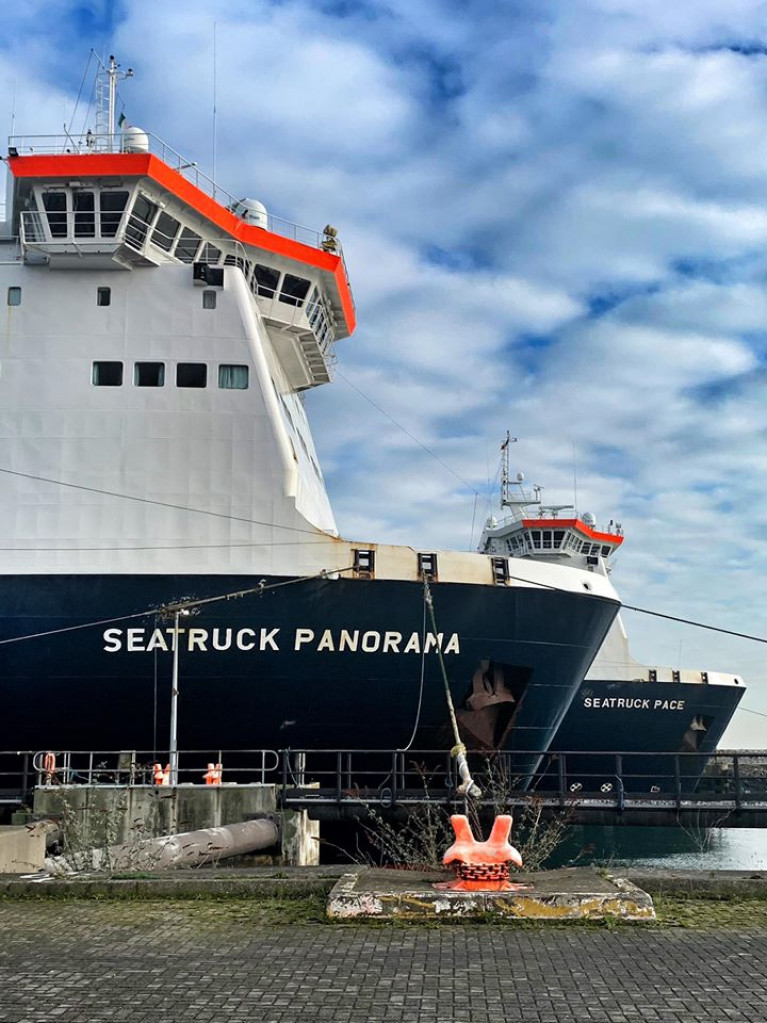Displaying items by tag: Stena charterin
Operator Stena Line announced today that it will charter the ro-ro freight-ferry Seatruck Panorama to help boost capacity on its Belfast-Liverpool and Belfast- Heysham routes on the Irish Sea.
Following the dramatic COVID related drop in freight volumes, Stena Line was forced to remove one freight ship from its Belfast hub which resulted in reduced capacity and frequency.
During the summer months, Stena Line has seen an increase in freight demand and anticipates that extra capacity is required for the traditionally busy Autumn period as well as the expected increase in pre-Brexit trade activity.
Paul Grant, Stena Line Trade Director (Irish Sea) said: “Adding a seventh ship to our Belfast operations will help us increase frequency, capacity and give us greater operational flexibility. This extra ship will be capable of operating to Liverpool and Heysham thus ensuring that we can better match demand and the needs of customers. It has been a very challenging time for the freight industry, but we are confident that having additional capacity available on these important trading routes between England and Northern Ireland will help us provide an enhanced sailing schedule for our customers.”
The freight-only ship is expected to start service on 2nd September and will make 10 sailings weekly between Belfast and Liverpool/Heysham. The addition of Panorama on the Northern Ireland to England corridor will increase freight capacity by 28% and frequency will rise from 46 to 56 crossings weekly compared to the present.
In January 2021, Stena Line will further boost freight capacity when it adds the newly built Stena Embla to its Belfast – Liverpool service. Stena Embla will replace the smaller Stena Mersey and will join its sister ship Stena Edda and Stena Estrid in what is a significant upgrading of freight and passenger services across Stena Line’s Irish sea routes.
Paul Grant added: “Despite all of the challenges we and our customers are facing, Stena Line continues to develop its Belfast business hub with these exciting additions to our fleet. Stena Line remains committed to support the freight industry to the best of its abilities as it has done throughout the Coronavirus pandemic to date, helping to keep vital supply lines open.”






























































